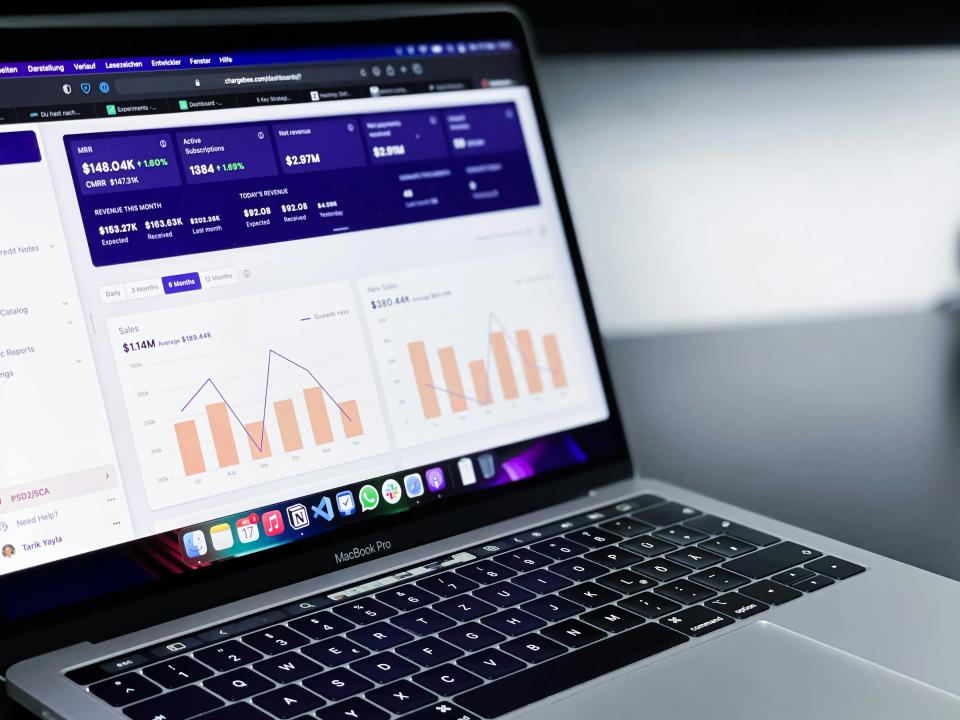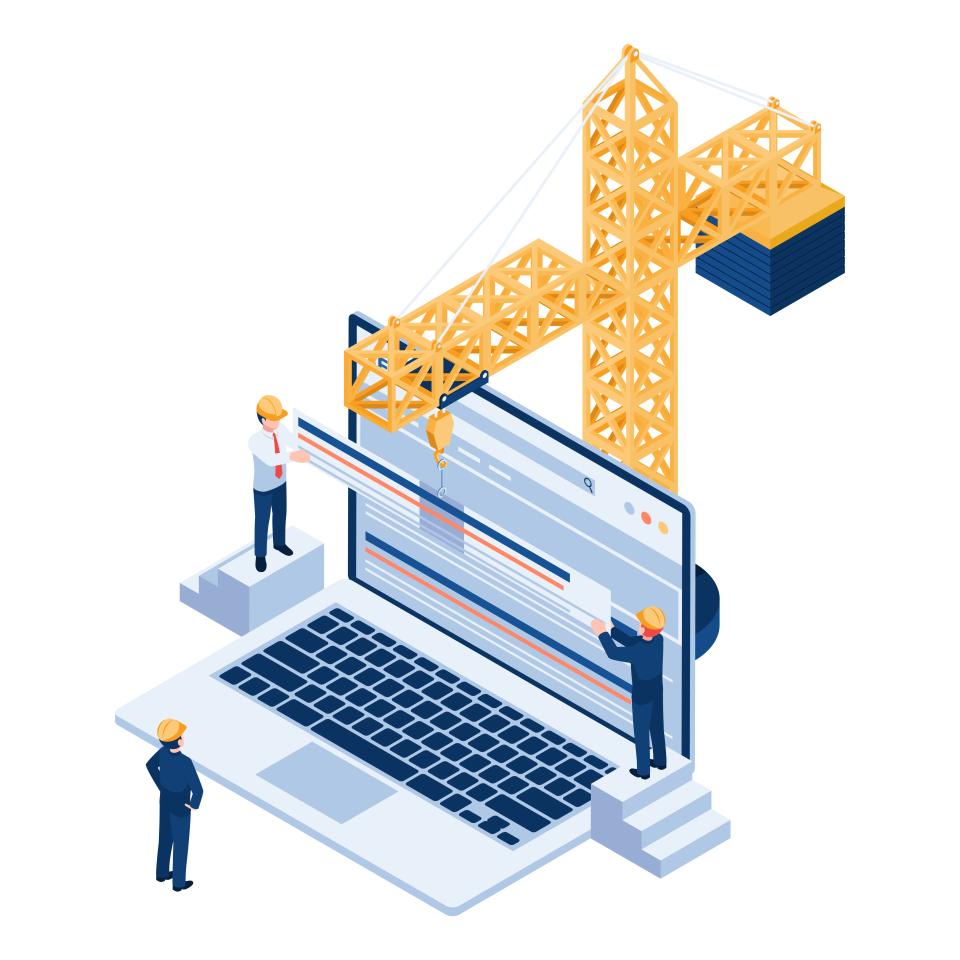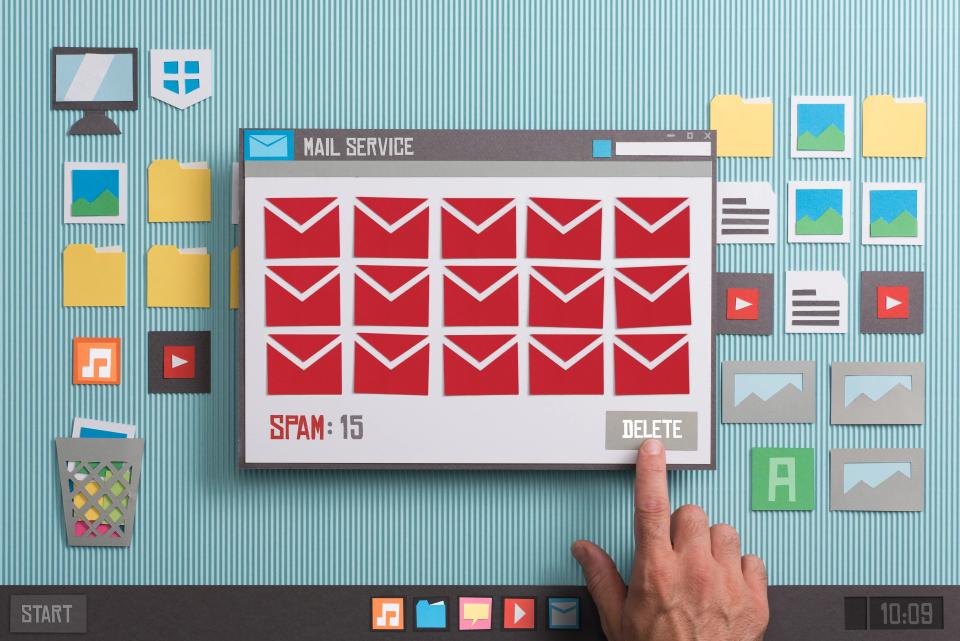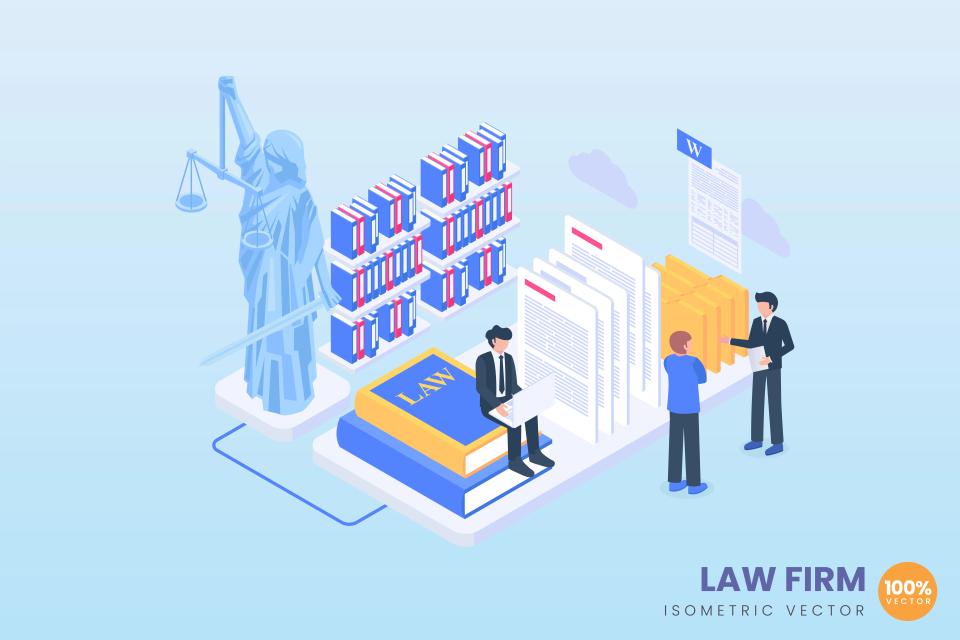Are you drowning? Juggling SEO, content creation, ad campaigns, and lead nurturing feels like a 24/7 job, a marathon with no finish line. But what if you had a strategic co-pilot to handle the heavy lifting, analyze data in seconds, and unlock a level of creative potential you’ve only dreamed of?
This isn’t some far-off, futuristic concept. Artificial Intelligence is here, now, and it’s the most powerful tool available to today’s marketers. It’s the key to finally moving from a reactive state of putting out fires to a proactive state of building an empire.
Forget the high-level fluff about what AI is. This is CaptivateClick's practical, step-by-step guide to how you can successfully implement AI tools into your digital marketing workflow. Get ready to drive staggering efficiency, boost your ROI, and build a smarter, more dominant brand.
Why Bother? The Tangible Benefits of AI Digital Marketing Integration
Let’s cut to the chase. You don’t have time for tools that don’t deliver results. Integrating AI isn’t about chasing trends; it’s about securing a powerful, undeniable advantage over your competition.
Drive Unprecedented Efficiency
Imagine slashing your team's tedious, soul-crushing tasks in half. AI automates the repetitive work—reporting, data entry, social media scheduling—that drains your most valuable resource: human creativity. According to SOCi, a primary use of AI is automating these exact tasks, freeing your experts to focus on high-level strategy and innovation.
This isn't just about saving time; it's about reallocating that time to what truly matters. When your best minds are focused on strategy instead of spreadsheets, your growth becomes inevitable. This is how you build a lean, powerful marketing machine that runs circles around bloated, inefficient teams.
For a deeper dive into this, our guide on leveraging AI automation for business growth expands on these core concepts. The goal is simple: work smarter, not harder, and let the machine handle the grunt work.
Achieve Hyper-Personalization at Scale
What if you could speak to every single customer as if they were the only person in the world? True personalization used to be a pipe dream, reserved for companies with massive budgets. AI makes it a reality for everyone.
AI algorithms analyze user behavior, purchase history, and browsing patterns in real-time. This allows you to deliver tailor-made product recommendations, ad copy, and email campaigns that resonate on a deeply personal level. As experts at Monetate point out, AI-powered personalization is crucial for improving the customer experience and driving loyalty.
This level of customization builds powerful emotional connections, making your customers feel seen and understood. It transforms your brand from a faceless corporation into a trusted advisor, dramatically increasing conversions and lifetime value.
Make Smarter, Data-Driven Decisions
Are you tired of making decisions based on gut feelings and incomplete data? AI gives you the power of a thousand analysts, working around the clock. It processes vast datasets in seconds, uncovering hidden trends, predicting campaign outcomes, and optimizing your efforts on the fly.
Leveraging AI for predictive analytics allows you to anticipate market shifts and customer needs before they even happen. This is a core strategy highlighted by Demandbase, which notes that AI helps marketers use data to improve ROI and make more informed choices.
With AI, you’re no longer guessing what works. You’re operating with a crystal-clear view of the battlefield, making strategic moves that are backed by irrefutable data and maximizing every dollar you spend.
Enhance Creative & Content Strategy
Staring at a blank page is a marketer's worst nightmare. AI is the ultimate cure for creative block, acting as your tireless brainstorming partner. It can generate hundreds of content ideas, headlines, and social media hooks in minutes.
But it goes deeper than just idea generation. AI tools can analyze top-ranking content to provide a data-driven blueprint for your own articles and landing pages. As the Product Marketing Alliance explains, AI can be used to analyze competitor content and identify gaps, ensuring your content is engineered to rank from the very beginning.
This fusion of data and creativity means you produce better content, faster. You’ll dominate search engine results, capture your audience's attention, and establish your brand as the definitive authority in your space.
Your 6-Step Implementation Plan: From Strategy to Scale
Feeling overwhelmed by the possibilities? Don't be. We’ve broken down the entire process into a clear, manageable 6-step plan. Follow this, and you’ll integrate AI with the precision of a seasoned strategist.
Step 1: Define Your Goals & Identify Bottlenecks
Stop thinking about tools. Before you look at a single piece of software, you must look inward. Ask the hard questions: "What, specifically, do we need to improve?" Is it lead quality, ad campaign ROI, or the speed at which you produce content?
Next, pinpoint your biggest pains. Where are you losing the most time and money? Is it in manual reporting, generic email follow-ups, or endless content revisions?
Your answers to these questions form the foundation of your entire AI strategy. Without this clarity, you’re just buying expensive toys. With it, you’re acquiring strategic weapons.
Step 2: Audit Your Current Marketing Stack & Processes
You might already be sitting on a goldmine of AI power without even knowing it. Many of the platforms you use daily—like Google Ads, HubSpot, or your CRM—have powerful, built-in AI features. Your first move is to conduct a thorough audit.
Map out every tool in your current marketing stack. Identify which ones already offer AI capabilities for things like smart bidding, lead scoring, or content suggestions. This prevents you from paying for redundant tools and helps you maximize what you already have.
Once you see what’s covered, you’ll also see the gaps. This is where a new, specialized AI tool can provide the most impact. To help with this process, review our list of essential tools and tech for advancing your digital marketing strategy.
Step 3: Research & Select the Right AI Tools for the Job
Now, and only now, do you start shopping for tools. To avoid getting lost in a sea of options, categorize your search by marketing function. Focus only on the tools that solve the specific bottlenecks you identified in Step 1.
Here’s a simple framework to guide your research:
For SEO & Content: Tools like SurferSEO or MarketMuse for content optimization, and Jasper for generating drafts.
For SEM & Paid Ads: Platforms like Google's Performance Max or Adext AI for budget optimization and A/B testing.
For Lead Generation & Outreach: Tools like Lavender or Seventh Sense for personalizing emails and predicting send times.
For Analytics & Reporting: AI-powered dashboards like Tableau or Polymer that surface key insights automatically.This targeted approach ensures you select tools that deliver immediate value. For a more detailed list, explore our breakdown of the top AI tools and automation techniques for digital marketing success.
Step 4: Launch a Pilot Project
Do not attempt a company-wide overhaul from day one. That’s a recipe for chaos and resistance. The smart move is to start small with a controlled pilot project to prove the concept and build momentum.
Choose one specific, measurable task. For example, use an AI copywriter to generate five new headlines for a single Facebook ad campaign. Run these against your best human-written headline and measure the click-through rate (CTR) and conversion rate.
This approach minimizes risk and provides you with hard data. A successful pilot project is the most powerful way to get buy-in from leadership and demonstrate the tangible ROI of AI integration.
Step 5: Train Your Team & Establish AI Brand Guidelines
AI is a tool, not an autonomous employee. Your team’s expertise is what makes the tool powerful. You must invest in training to ensure everyone understands how to use AI effectively and ethically.
Frame AI as an assistant that eliminates tedious work, not as a replacement that threatens jobs. As Demandbase advises, pairing technical training with creative workshops is key to team buy-in. This empowers your team and reduces fear.
Crucially, you must create clear AI brand guidelines. This document dictates how AI can be used while maintaining your unique brand voice, tone, and values. To ensure consistency, you first need a solid brand identity, which you can build using our guide to integrating brand identity with website design.
Step 6: Measure, Analyze, and Scale Success
Your pilot project is complete. Now it’s time to measure the results against the key performance indicators (KPIs) you set in Step 1. Did you increase CTR? Lower cost-per-acquisition? Save a measurable number of hours?
Use this data to build a powerful case study. Present the clear, undeniable ROI to stakeholders. This is how you justify expanding the use of AI across other campaigns and departments.
This final step transforms your small win into a company-wide strategic shift. You’ll move from experimenting with AI to systematically scaling its benefits, creating a cycle of continuous improvement and innovation.
AI in Action: Real-World Scenarios from the CaptivateClick Playbook
Theory is one thing; results are another. Here are three concrete scenarios showing how we apply these principles to solve real-world client challenges and drive massive growth.
Scenario 1: Revitalizing SEO for an E-commerce Brand
The challenge was clear: an online store was invisible, buried on page five of Google for its most important keywords. Their content was good, but it wasn't engineered to compete. They were losing ground to competitors every single day.
Our AI-driven solution was swift and precise. We used an AI content optimization tool to analyze the top 10 ranking pages for their target keyword. The AI identified critical semantic keywords, optimal word counts, and content structure gaps in seconds—a task that would take a human analyst days.
Armed with this data-rich blueprint, our content team crafted a new, perfectly optimized category page. The result? They jumped to the first page of Google within six weeks, capturing a flood of high-intent organic traffic and sales.
Scenario 2: Maximizing PPC Budget for a B2B Client
A B2B client was bleeding money on a Google Ads campaign with a sky-high cost-per-acquisition (CPA). Their budget was being wasted on clicks that never converted, and they were struggling to identify the highest-value audiences.
We immediately implemented an AI-powered bidding strategy directly within Google Ads. The algorithm analyzed thousands of real-time signals—device, time of day, user location, browsing history—to predict the conversion probability of every single impression. It then automatically adjusted bids to focus the budget exclusively on the highest-intent users.
The impact was immediate and dramatic. Within 30 days, their CPA dropped by 42% while their conversion volume increased by 15%. This is a perfect example of the strategies we detail in our guide to advanced Google Ads strategies for maximizing sign-ups.
Scenario 3: Personalizing Lead Nurturing at Scale
A SaaS company was struggling with abysmal engagement on their email outreach. Their follow-ups were generic, and prospects were ignoring them. They needed a way to build genuine connections, but they didn't have the time to manually research every single lead.
We integrated an AI tool that analyzed each prospect's LinkedIn profile and recent company news. The AI then generated a hyper-personalized opening line for each email, referencing a recent accomplishment, a shared connection, or a relevant company announcement.
The change was staggering. Open rates soared by over 70%, and reply rates tripled. By using AI to create a moment of genuine, personal connection at scale, we transformed their cold outreach into a powerful lead generation engine, a tactic we explore further in our guide to optimizing cold email outreach for B2B success.
Navigating the Hurdles: Common Challenges & How to Overcome Them
Let's be real: integrating new technology isn't always a smooth ride. But being aware of the potential roadblocks is the first step to overcoming them. Here are the most common challenges and our expert solutions.
Challenge: The "Black Box" Problem & Data Privacy
Some AI tools can feel like a "black box," where you put data in and get a decision out without understanding the logic. This lack of transparency can be unsettling, especially when it comes to customer data.
The solution is to prioritize tools that offer transparency and control. Furthermore, you must be vigilant about data privacy regulations like GDPR and CCPA. As Demandbase emphasizes, ethical AI use and compliance are non-negotiable for building trust and avoiding legal trouble.
Always understand what data an AI tool requires and how it will be used. Your customers' trust is your most valuable asset; protect it fiercely.
Challenge: Maintaining Brand Authenticity
The biggest fear marketers have about AI is that it will strip their brand of its unique voice and personality. This is a valid concern, but one that is entirely preventable.
The solution is to enforce the "human-in-the-loop" principle without compromise. Use AI to generate first drafts, analyze data, and suggest ideas. But your human experts must always provide the final polish, strategic oversight, and brand voice.
As SOCi's guide points out, human oversight is essential for maintaining quality and authenticity. AI is a powerful amplifier, but your brand's soul comes from your people. That is non-negotiable.
Challenge: Team Buy-in and Skill Gaps
Introducing AI can spark fear and resistance within a team. Employees may worry about their jobs being replaced or feel intimidated by new technology.
The solution lies in communication and education. Frame AI as a powerful assistant that eliminates boring, repetitive work, freeing your team to focus on more creative and strategic tasks. This shifts the narrative from threat to opportunity.
Provide comprehensive training and start with user-friendly tools to build confidence. By investing in your team's skills, you not only ensure a smooth transition but also build a more capable, future-proof marketing department.
Conclusion: Your Smarter Marketing Future Starts Today
The path to a more intelligent, efficient, and powerful marketing operation is clear. By following a strategic 6-step plan—defining goals, auditing your stack, selecting the right tools, piloting small, training your team, and measuring success—you can harness the power of AI without the chaos.
Integrating AI isn't about losing control; it's about gaining a decisive strategic advantage. The unstoppable combination of human creativity, intuition, and strategic oversight, amplified by the speed and analytical power of artificial intelligence, is the new gold standard in digital marketing.
The journey to AI integration is a strategic one, not a technical one. By starting with clear goals and taking a measured, deliberate approach, you can build a more efficient, intelligent, and impactful marketing engine. The future is here, and it's waiting for you to claim it.













